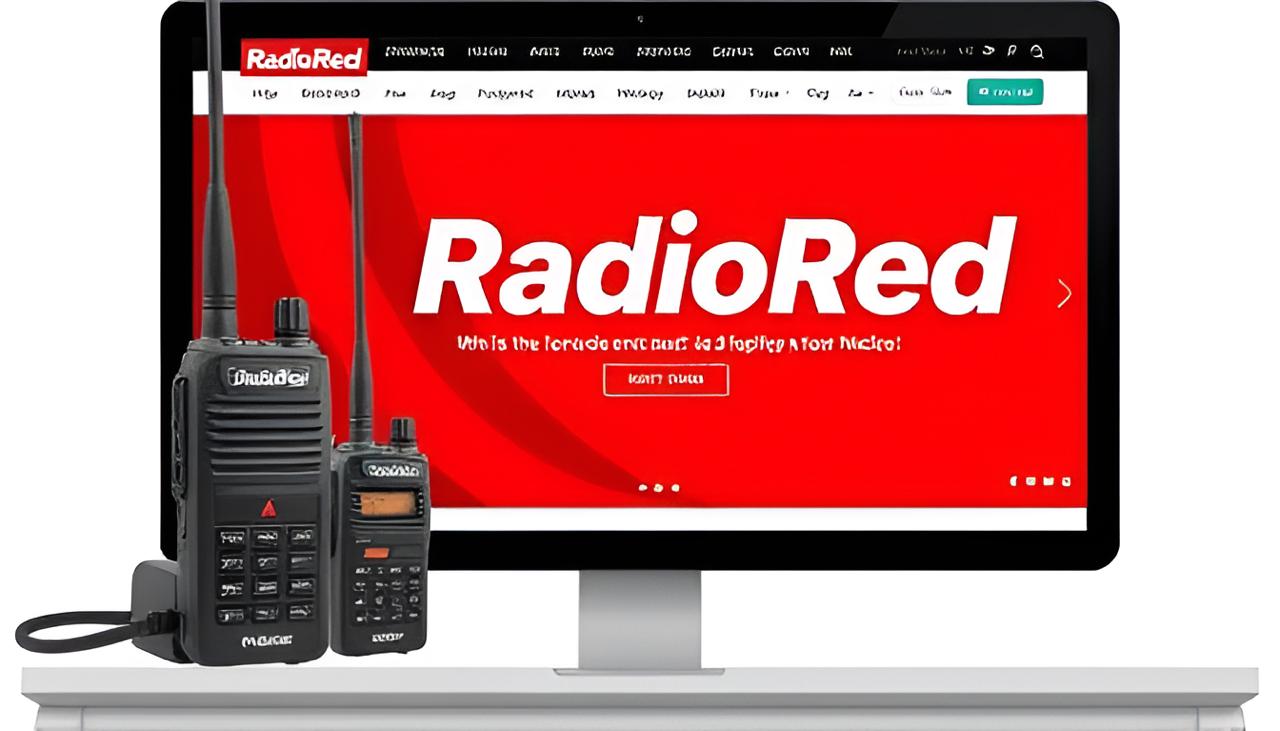Introducton
In the world of web improvement, Unveiling the Mystery of 127.0.0.1:49342 A Developer’s Guide to Localhost few ideas are as foundational but interesting as “localhost.” Specifically, the deal with “127.Zero.0.1:49342” serves as an entry point to know-how how builders create, check, and troubleshoot programs in controlled surroundings. This article aims to demystify localhost, explore its importance, and provide insight into its numerous programs, especially through the lens of the precise port number 49342.
Understanding Localhost and Its IP Address
At its center, “localhost” refers back to the nearby pc that a developer is currently using. In the context of networking, it’s miles regularly associated with the IP cope with “127.Zero.0.1.” This is a loopback cope with, which means that any requests sent to this IP cope with are directed back to the same device. This functionality permits builders to test applications without having an external server, making it an invaluable tool within the improvement process.
The Role of Ports
Ports are an imperative a part of networking that allows more than one services to run simultaneously on a single IP address. Each carrier is assigned a completely unique port number to differentiate among them. In this case, “49342” is the port wide variety that, in tandem with the IP cope with “127.Zero.0.1,” allows developers to access a specific provider or application running on their nearby gadget.
Why Use Non-Standard Ports?
While commonplace ports like eighty (HTTP) and 443 (HTTPS) are often used, developers frequently opt for non-widespread ports like 49342 for numerous reasons:
Avoiding Conflicts:
Using a unique port reduces the danger of clashing with existing offerings.
Development Flexibility:
Developers can run multiple instances of packages concurrently, each on a unique port.
Security:
Non-popular ports can offer a minimal layer of obscurity, making it barely harder for malicious actors to goal a provider.
Setting Up a Local Development Environment
To use “127.Zero.0.1:49342” efficiently, builders need to set up a nearby development environment. Here’s a simple guide to get started:
Step 1: Install a Local Server
Depending at the generation stack you’re the usage of, you may want to put in a neighborhood server.
Popular selections consist of:
XAMPP:
Great for PHP packages.
Node.Js:
Ideal for JavaScript-based totally programs.
Django:
Perfect for Python builders.
Step 2:
Configure the Server
After set up, configure your server to concentrate on the favored port. For instance, in a Node.Js application, you may specify the port for your app code.
Tep three: Access Your Application
Once your server is going for walks, Unveiling the Mystery of 127.0.0.1:49342 A Developer’s Guide to Localhost you could access it thru a web browser by using coming into http://127.0.0.1:49342. This will load your application as if it were hosted on line, permitting you to test features, debug, and iterate quick.
Troubleshooting Common Issues
Working with localhost can now and again gift demanding situations. Here are a few common problems and their solutions:
Port Already in Use:
If you get hold of an error indicating that the port is already in use, take a look at different services strolling on your machine or trade to a different port.
Firewall Blocking Access:
Ensure your firewall settings permit connections to the desired port.
Configuration Errors:
Double-take a look at your server configuration files for errors that could prevent it from beginning.
The Future of Local Development
With the upward push of containerization technologies like Docker and orchestration gear like Kubernetes, nearby development environments are evolving. Developers can without difficulty spin up complicated packages with multiple offerings, every doubtlessly going for walks on its precise localhost port. The importance of understanding how localhost features—in particular with non-wellknown ports like 49342—remains crucial for powerful improvement and testing.
Conclusion
Understanding “127.Zero.0.1:49342” and localhost is essential for any developer. It opens the door to a global of possibilities in utility improvement, testing, and deployment. As technology continues to increase, learning this center concept will empower builders to construct strong packages more efficiently.
FAQs
What is localhost?
Localhost refers back to the neighborhood laptop used for development, frequently represented by using the IP cope with 127.0.Zero.1.
What does the port number indicate?
The port wide variety specifies which provider or software to get entry to on the localhost.
Why use non-wellknown ports like 49342?
Non-wellknown ports help keep away from conflicts and offer flexibility for going for walks a couple of offerings.
How can I set up a nearby server?
Install a server utility like XAMPP or Node.Js and configure it to run on your preferred port.
What have to I do if the port is already in use?
Check for different jogging services or alternate to a special port variety in your server configuration.






